From farm to fork: tackling the food crisis
With a rapidly increasing global population, the issues surrounding our food security are reaching a critical point. But growing awareness of food loss and waste is driving both public and private enterprises to move towards more sustainable solutions.
By Fady Jameel, Deputy President and Vice Chairman, Abdul Latif Jameel
It is only when you look at the numbers that you can get a real sense of the problem. At our current global population of 7.6 billion, 820 million people are hungry, states a 2019 report by Food and Agriculture Organization of the United Nations (FAO)[1]. Yet 30% of the food we produce on the planet is never consumed[2].
To put these numbers in context, in the United States, 38 million tons of food are thrown away every year, or the weight of more 104 Empire State buildings. In Japan, 19 million tons of food are thrown away each year, with up to nine million tons disposed of before its expiration date. While in the UK, the average family is wasting nearly US$ 78 a month by throwing away almost an entire meal a day[3].
With a world population expected to reach 9.8 billion by 2050 and 11.2 billion by 2100[4], food loss and waste is one of the most pressing issues facing our planet. Put in monetary terms, without positive action it is predicted to hit 2.1 billion tons by 2030, or US$ 1.5 trillion[5].
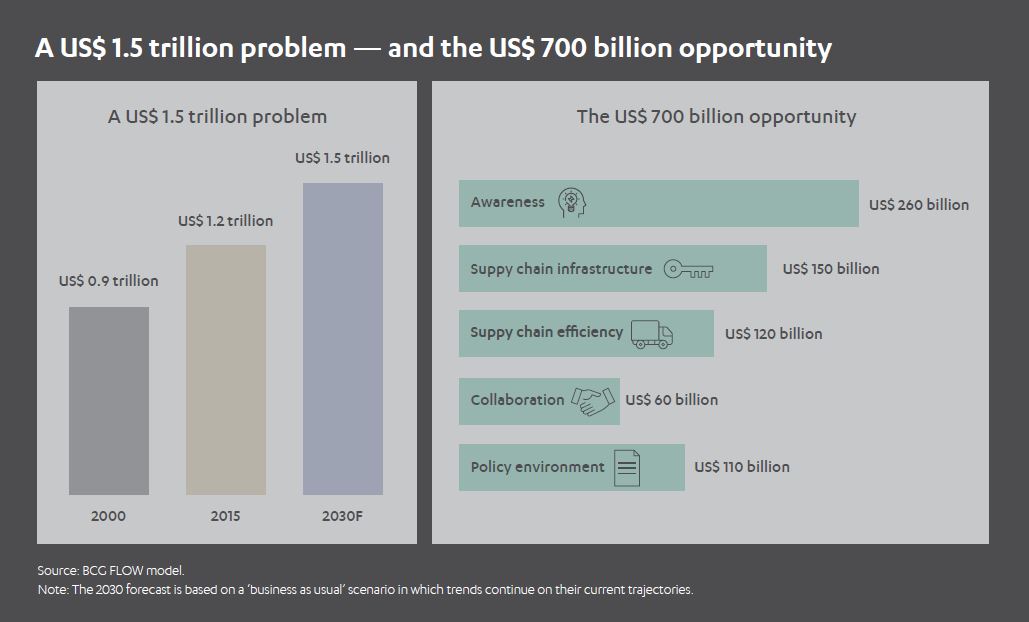
To make the distinction, food loss occurs from pre-harvest to transportation and delivery to the retailer. Food waste, on the other hand, is created by the customer – retailers, service providers such as restaurants, and ultimately, households.
Food production at source and its subsequent transportation to market both present a major issue, with 70% of food loss occurring at the harvesting stage and a further 14% in the journey to the retailer, according to the FAO report.
The diagram below from a recent World Resources Institute (WRI) report[6], illustrates how food is both lost and wasted across the supply chain.
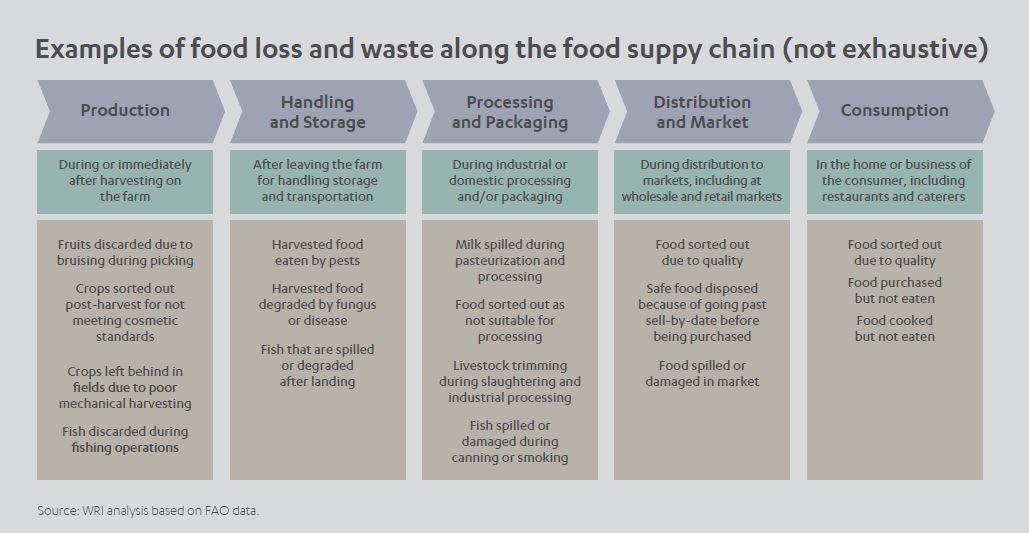
Currently, around 70% of the world’s food producers are smallholders with little access to the technologies and methods to yield maximum crops[7]. One of the keys to reducing food loss, therefore, is in developing innovations to help those at the front end of the supply chain to better preserve their produce until it reaches market. The diagram below illustrates food loss and waste per kg per capita across different global regions, both at source and consumer stage[8]. As the diagram illustrates, food loss is the biggest issue, largely due to inadequate storage at source and transportation to the retailer. It is also interesting to note that food waste is far lower in developing countries – particularly sub-Saharan Africa and non-industrialized Asia:
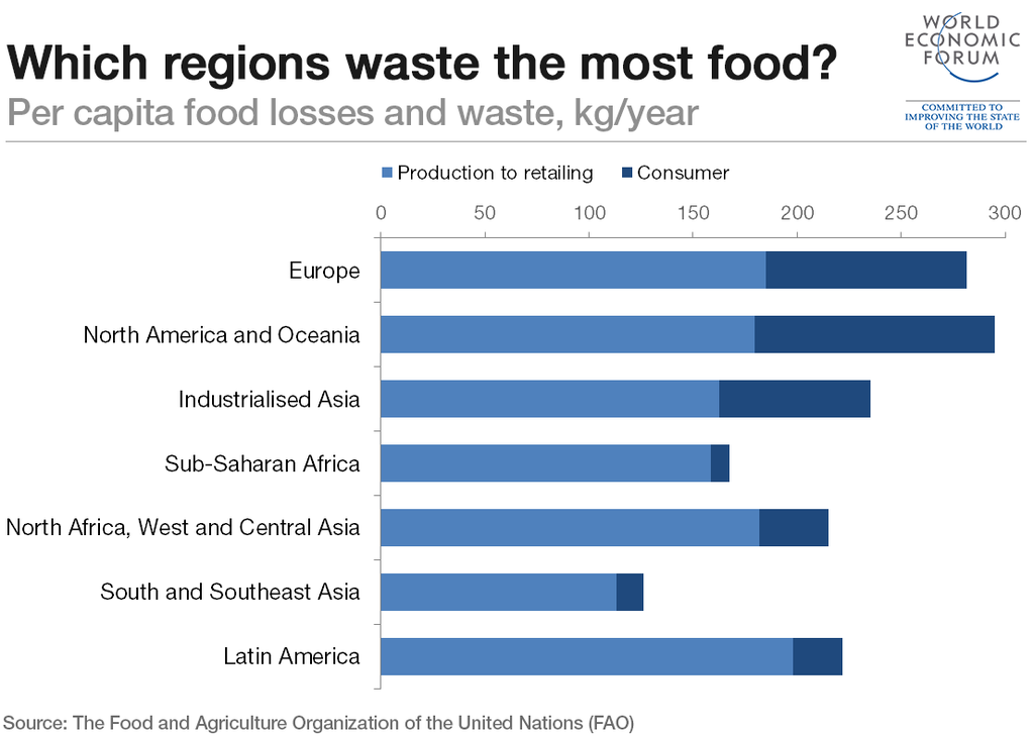
Of the goods that arrive safely, the waste that occurs is endemic. In its report, the FAO states that 9%-20% of fruits and 14%-37% of animal products are thrown away, whether by retailers, service providers or end consumers. The biggest wastage is from high-income regions in North America and Europe. In the US, in 2015, for example, food waste averaged 9% of food expenditure per head.[9]
Environmental impact
The effects of food loss extend far wider than monetary value. The global carbon emissions from food that goes (uneaten) straight to landfill accounts for around 7% of the world’s total greenhouse gas (GHG) footprint. It extends across the supply chain, from production and transportation to processing, distribution and consumption[10].
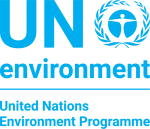 The UN Environment Program gives a different perspective. It calculates that if food waste was represented as a country, it would be the third biggest GHG emitter[11].
The UN Environment Program gives a different perspective. It calculates that if food waste was represented as a country, it would be the third biggest GHG emitter[11].
There is an undeniably cruel irony here.
As the symptoms of climate change increase, the effects of severe weather such as floods and droughts weigh most heavily on some of the nations that produce most of the world’s food.
Food loss is impacting our land use to alarming proportions, with 30% of agricultural land – often involving deforestation – being used to produce food that is never eaten. And with agriculture responsible for 70% of the world’s water usage, 6% of the world’s water resources is being depleted on food loss at a time when the world is facing its greatest challenges in water scarcity[12].
Another concern is the impact on our biodiversity.
Of 6,000 plant species cultivated for food, less than 200 contribute substantially to actual food output.
Of these, just nine make up 66% of global crop production. Of the 7,745 local breeds of livestock (around 40 species), 26% percent are at risk of extinction, and around 33% of fish stocks are overfished[13].
Biodiversity loss vs. Biodiversity-friendly practices
(Source: UN FAO 2019)In The Gambia, massive losses of wild foods have forced communities to turn to alternatives, often industrially produced foods, to supplement their diets.
In Egypt, rising temperatures will lead to northwards shifts in ranges of fish species, with impacts on fishery production.
Labor shortages flows of remittances and increasing availability of cheap alternative products on local markets have contributed to local crops abandonment in Nepal.
In the Amazonian forests of Peru, climatic changes are predicted to lead to “savannization”, with negative impacts on wild foods’ supply.
Californian farmers allow their rice fields to flood in winter instead of burning them after growing season. This provides 111,000 hectares of wetlands and open space for 230 bird species, many at risk of extinction. As a result, many species have begun to increase in numbers, and the number of ducks has doubled.
In France, about 300,000 hectares of land are managed using agroecological principles.
In Kiribati, integrated farming of milkfish, sandfish, sea cucumber and seaweed ensures regular food and income as despite changing weather conditions, at least one component of the system is always producing food.
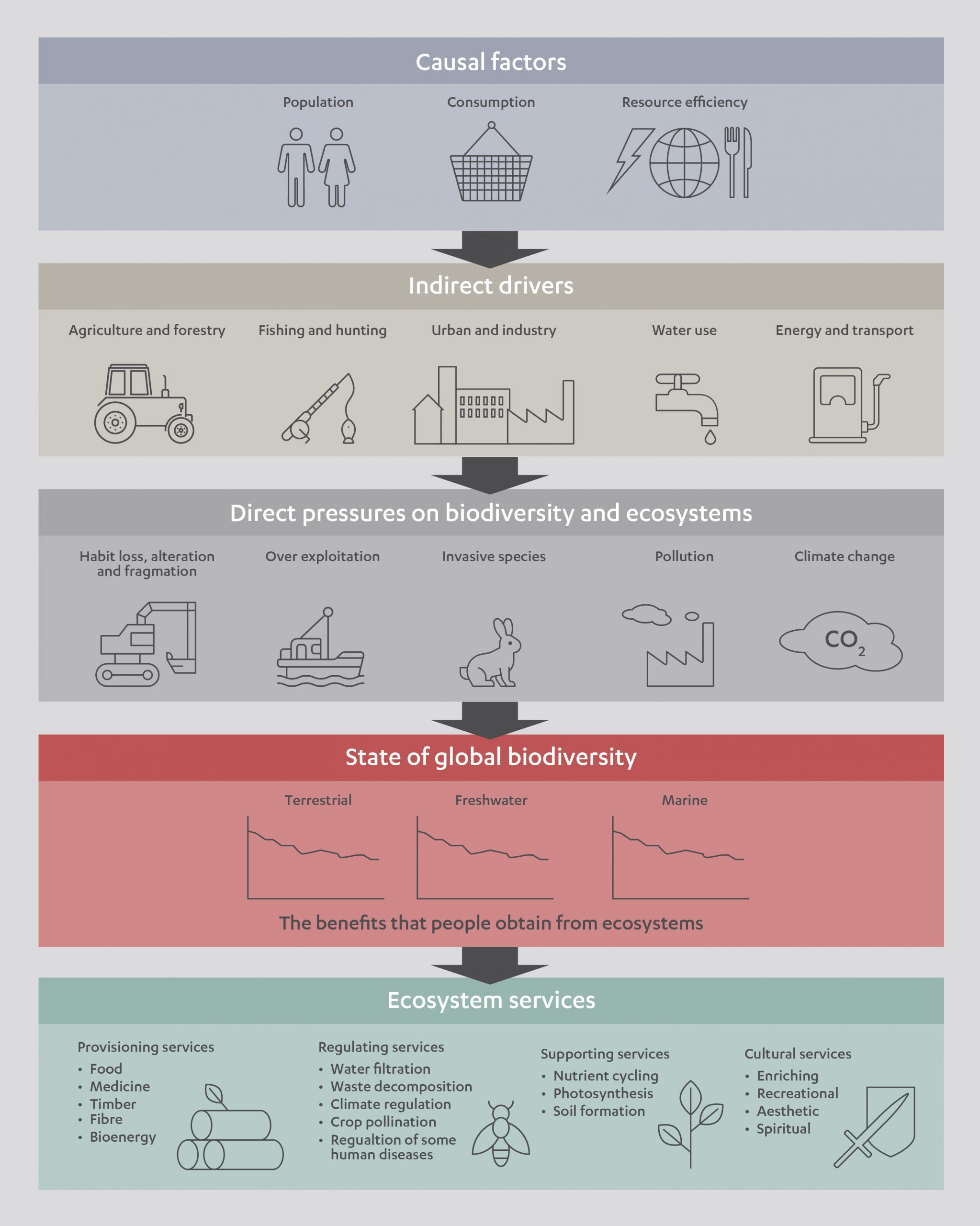
By taking timely action to reduce both food loss and waste – providing the right support at the source end of the value chain and putting in the right measures to prevent consumer waste, we can not only enhance global food security, but address a range of other issues such as climate change, poverty, global health and sanitation issues.
The United Nations Sustainability Goal, SDG 12, has a target to halve per capita global food waste and reduce food loss by 2030 (SDG Target 12.3)[14]. To illustrate the wider impact, addressing SDG 12 also contributes to 11 of the other 16 UN sustainability goals.
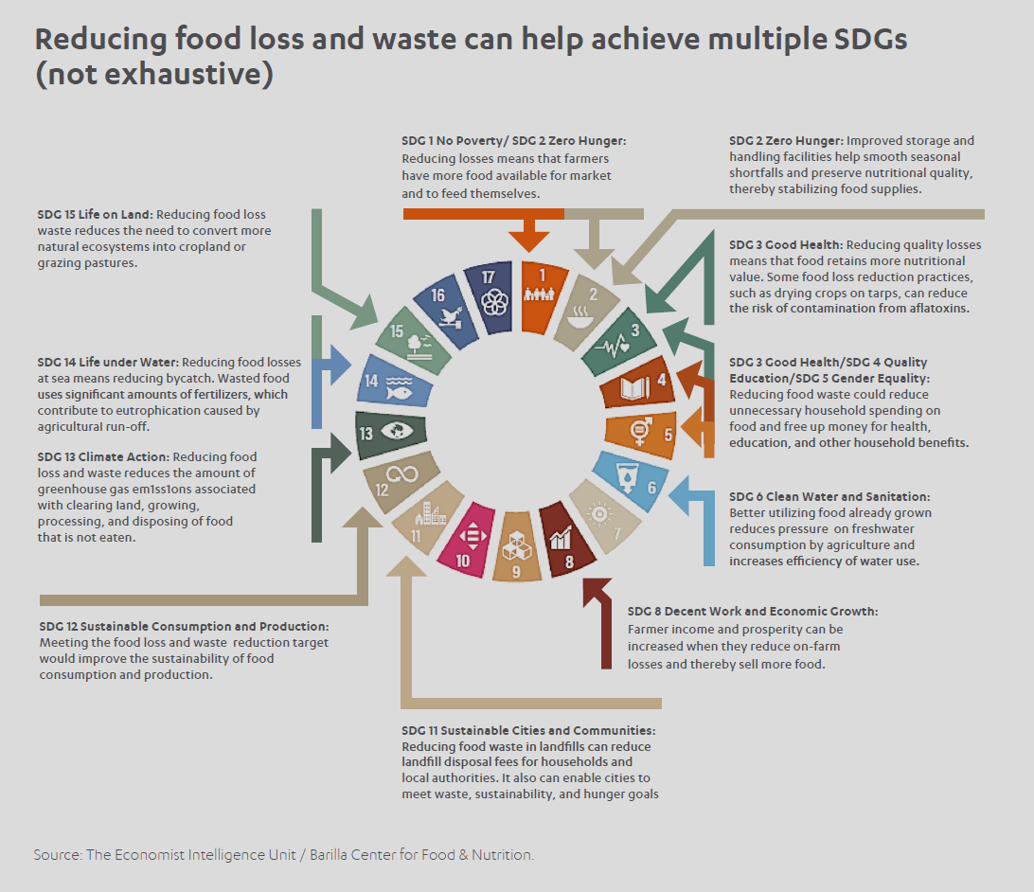
Championing the cause
While the challenge is significant, there is much being done, both in the government and public sectors to reduce food loss and waste.
The Food Sustainability Index (FSI), developed by The Economist Intelligence Unit (EIU) in partnership with Barilla Centre for Food and Nutrition, ranks 67 countries on food system sustainability across the three pillars of food loss and waste, sustainable agriculture and nutritional challenges[15].
It shows that positive progress is being made in key markets around the world. Since 2016, legislation in France, for example, has required supermarkets to distribute leftover food to charities serving poor communities.
At the same time, Italy has removed legislation for food just past its sell-by date – a major cause of food waste, particularly for perishable products. Other countries including Australia, the US, Czech Republic, Sweden, Slovenia and Slovakia are introducing similar legislation to reduce supermarket waste.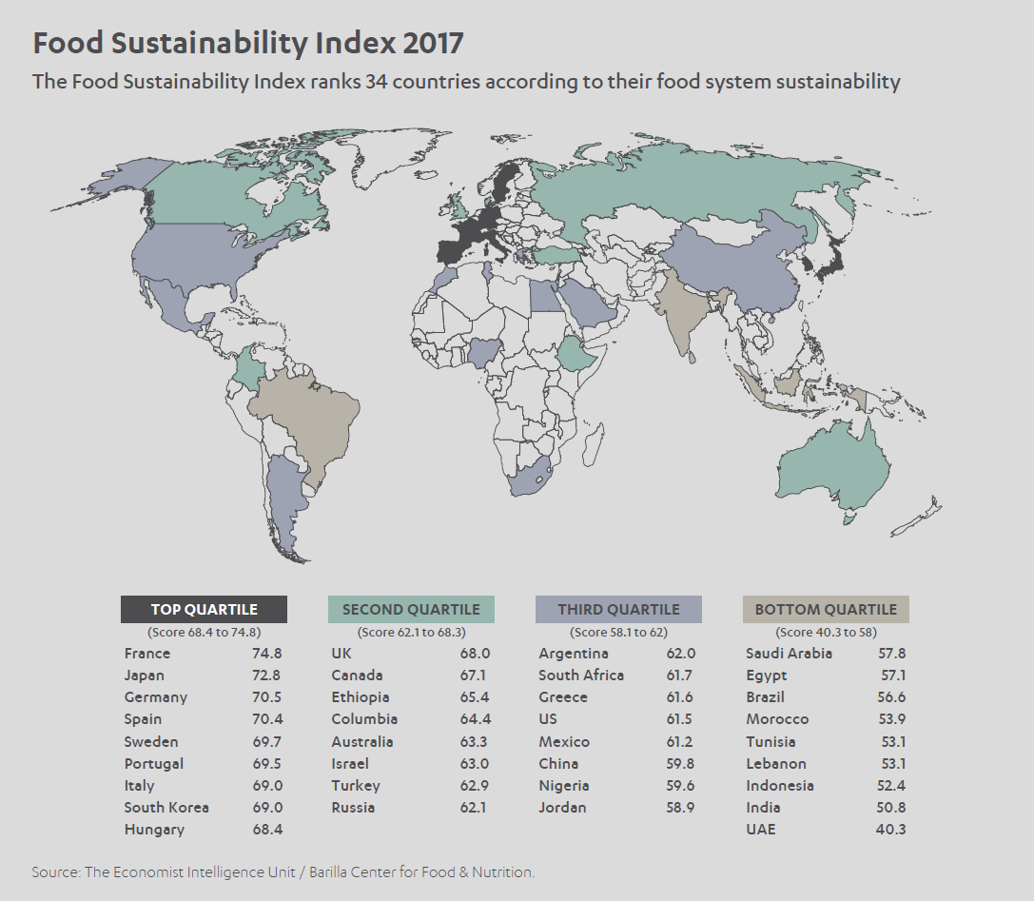
Momentum is also gathering in the private sector. The FSI report points to research by Ceres, a not-for-profit sustainability advocacy group. Of the 600 companies Ceres studied within the food sector, 86% have set defined timeframes to reduce their GHG emissions.
Another combined initiative is Chefs’ Manifesto[16], a community of more than 500 chefs from over 70 countries which describes itself as an SDG 2 advocacy hub aligned to the UN SDG 2 goal of zero hunger.
One growing area of innovation to reduce food waste is ‘upcycling’ – coming up with ways to utilize overripened, bruised, blemished or misshapen produce that would otherwise go to waste. This is critical from an environmental as much as a waste viewpoint, as food dumped in landfill sites produces methane, a powerful and damaging GHG.
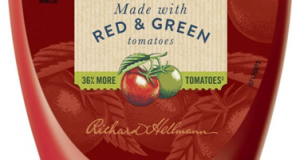 Upcycling initiatives include UK-based Rubies in the Rubble[17], which makes condiments from ‘non-perfect’ fruits and vegetables destined for landfill. Unilever’s ‘Red and Green’ ketchup line saves an estimated 2.5 million tomatoes without the right ‘redness’ from being discarded every year[18]. Similarly, through its Food is Precious program, Swedish retail giant IKEA aims to cut its food waste by 50% by the end of 2020 by encouraging its staff co-workers to come up with innovative ideas for reducing wastage[19].
Upcycling initiatives include UK-based Rubies in the Rubble[17], which makes condiments from ‘non-perfect’ fruits and vegetables destined for landfill. Unilever’s ‘Red and Green’ ketchup line saves an estimated 2.5 million tomatoes without the right ‘redness’ from being discarded every year[18]. Similarly, through its Food is Precious program, Swedish retail giant IKEA aims to cut its food waste by 50% by the end of 2020 by encouraging its staff co-workers to come up with innovative ideas for reducing wastage[19].
Technology is playing a vital role, too. Companies such as US-based Winnow and Singapore’s Good for Food are using artificial intelligence to help kitchens track their food waste and promising their clients significant returns on investment as a result. Too Good to Go is a UK-developed app that helps businesses such as retailers and restaurants to redistribute their unwanted food and has so far saved more than 27 million meals worldwide.
Product packaging has been a double-edged sword for the food industry. It plays a significant and positive role in preserving product from farmer to retailer, but equally has its own devastating environmental impact. Here also, there are some positive developments emerging. In 2017, Unilever committed to making 100% of its plastic packaging fully reusable, recyclable or compostable by 2025[20]. Nestlé has made the same pledge to eliminate non-recyclable plastics[21] in the same timeframe.
Addressing the issue at source
At the other end of the food chain, research and innovation can play a vital role in reducing global food loss at its source. The World Bank estimates that in sub-Saharan Africa alone, for example, 37% of food produced is lost before it even reaches the consumer[22].
This is an area where I’m proud to say that Abdul Latif Jameel is already making a tangible difference. The Abdul Latif Jameel Water and Food and Systems Lab (J-WAFS) at Massachusetts Institute of Technology (MIT) supports research, innovation and technology to ensure safe, resilient food and water supplies with minimal environmental impact. Since its founding in 2014, it has funded more than 60 projects, generating more than US$ 12 million in follow-on funds to extend and expand their J-WAFS research[23].
Much of the research that J-WAFS supports is based around the search for breakthrough innovative techniques to improve, and ideally transform, the efficiency and effectiveness of food and water systems in developing countries at a cost that makes them accessible and economically viable.
In Kenya, for example, J-WAFS is supporting a project led by MIT professors Daniel Frey and Leon Glicksman to develop clay pot evaporative cooling chambers to preserve fruit using natural water evaporation, without the need for electricity.
In hot and dry regions, the absence of temperature-controlled storage facilities, and little-to-no access to electricity, means that fruit and vegetable crops deteriorate quickly. By providing the correct low temperature and high humidity conditions, clay pot evaporative chambers have been successful in preserving produce and bringing it to market. Suitable storage also provides farmers with the economic flexibility to wait for the right price conditions before releasing their products, should market prices be low at the time of production.
Another innovation concerns research by Tim Swager, the John D. MacArthur Professor of Chemistry at MIT, and coworkers, to develop fast, easy, and affordable food safety sensing technology. Their research is based on specialized droplets — called Janus emulsions — that can detect bacterial contamination in food and liquids.
The technology could have huge benefits in less developed countries. It can be applied to drinking water and all sorts of foods. For example, metastasis in cows is a big problem for milk producers all over the world. It can spread quickly through entire herds.
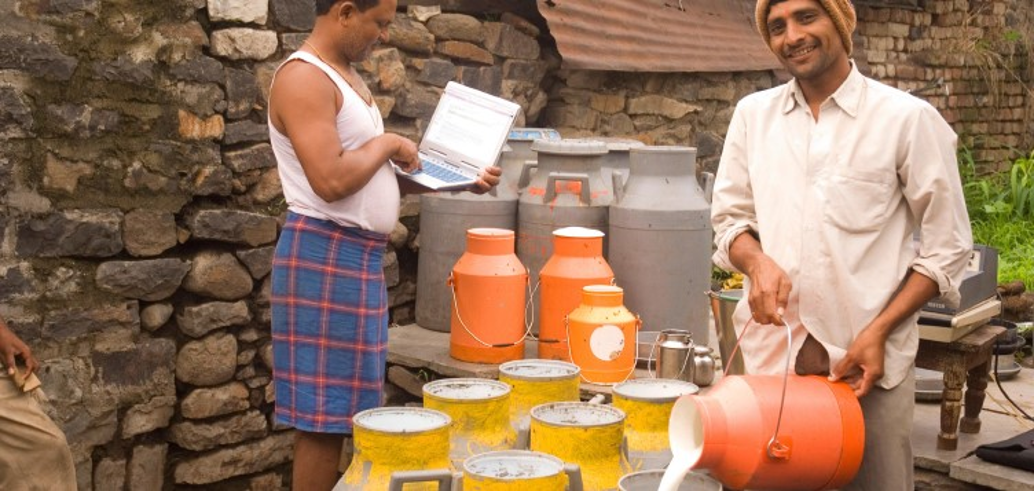
 In India, for example, milk from a number of different herds in a region will often be combined at a central collection point. If one herd has metastasis, the entire batch is spoiled and must be disposed of. Swager’s technology would be able to identify metastasis in an affected herd before it contaminates unaffected milk – thereby reducing wastage. This technology has already spun-out of the lab as part of the J-WAFS Solutions Program and the startup company, Xibus Systems, is developing protocols for field tests. The goal is to provide a simple, fast, robust system that requires minimum training and will not disrupt the producer’s current way of working.
In India, for example, milk from a number of different herds in a region will often be combined at a central collection point. If one herd has metastasis, the entire batch is spoiled and must be disposed of. Swager’s technology would be able to identify metastasis in an affected herd before it contaminates unaffected milk – thereby reducing wastage. This technology has already spun-out of the lab as part of the J-WAFS Solutions Program and the startup company, Xibus Systems, is developing protocols for field tests. The goal is to provide a simple, fast, robust system that requires minimum training and will not disrupt the producer’s current way of working.
J-WAFS has also partnered with Rabobank in the annual Food and Agribusiness Innovation Prize – part of the MIT Innovation Initiative – which recognizes innovators both up and down the supply chain. Prize-winning projects include a joint team from MIT and Tufts University which has developed a natural protein-based coating to preserve the shelf life of fruits and vegetables by up to 50%.
The technology is based on research at Tufts University by Benedetto Marelli, now the Paul M. Cook Career Development Assistant Professor in MIT’s Department of Civil and Environmental Engineering. The research shows that the coating can extend by 50% the shelf-life of strawberries, which generally have a shelf-life of fewer than 10 days.
“We have technology that can dramatically reduce waste at every step of the value chain, for producers, distributors, and consumers,” said Jacques-Henry Grislain, a member of the research team.
Belgium-based Wakati is another innovator helping to reduce food loss. Many of the world’s farming regions are in tropical or arid climates – and Wakati has produced a stand-alone solution to preserve fruits and vegetables driven by the energy of the sun and without the need for cooling. It creates a protective microclimate inside a purpose-built tent which can store 200kg of fruits and vegetables, powered by a small solar panel and needing just one liter of water per week[24].
On the environmental agenda, US-based ReFEd, or ‘Rethink Food Waste Through Economics and Data’, is researching a technique called centralized anaerobic digestion. This breaks down biodegradable materials which can then be used as a biofertilizer[25]. The same science is being applied to waste-to-energy initiatives.
Pest control remains a major issue for smallholder farmers in hot climates. But the use of pesticides has also come under scrutiny in both its health concerns and endangering the environment. Here, sound ecological management, or ‘agroecology’ practices are being developed to minimize the use of pesticides and use natural resources to fight pest control.
For example, intercropping, the practice of growing two or more crops in close proximity, has yielded results, not only in better land utilization, but in also fighting stem borers and parasitic plants such as striga weed which can have devastating effects on maize crops in southern and eastern Africa. A 2000-2003 study of 1,500 farmers in Kenya and Uganda found that this technique increased maize yields by more than 50% in areas that had both stem borer and striga weed infestations[26].
The FAO report points to a program implemented by the Ministry of Food and Agriculture of Ghana and funded by the United States Agency for International Development. Mud silos were developed to preserve maize yields, combat pest control and the effect of disease. Storage losses per family per year dropped to 50kg from the previous 300kg average.
The impact of innovations such as these is still small, but it is growing. And we must continue to invest the resources and the know-how to exponentially increase their scale. The diagram below shows how emerging developments are reducing food loss and waste on the journey from production to consumption.
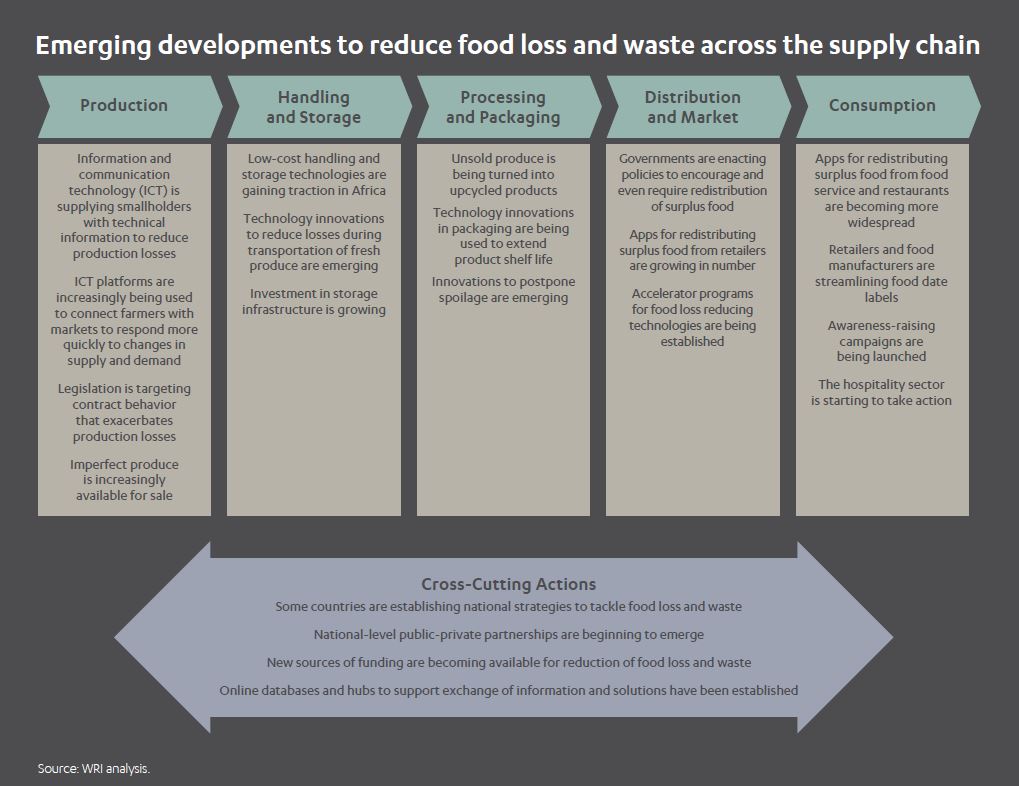
Strength in collaboration
 While there has been huge progress in many areas, Sean de Cleene, Member of the Executive Committee and Head of Future of Food at the World Economic Forum, stresses the need for decisionmakers to work outside of their respective areas and collaborate across disciplines[27].
While there has been huge progress in many areas, Sean de Cleene, Member of the Executive Committee and Head of Future of Food at the World Economic Forum, stresses the need for decisionmakers to work outside of their respective areas and collaborate across disciplines[27].
Only in this way can an agenda for the ‘food systems transformation’, as he describes it, be articulated through the bigger picture of health, food, land use, rural economic development, migration, conflict and investment.While there has been huge progress in many areas, Sean de Cleene, Member of the Executive Committee and Head of Future of Food at the World Economic Forum, stresses the need for decisionmakers to work outside of their respective areas and collaborate across disciplines[27].
Outside of a bigger alliance, incentives – no matter how bold – will remain misaligned.
Based on the earlier suggestion that SDG 12 (Responsible Consumption and Production), impacts 12 out of the 17 UN Sustainable Development Goals, then SDG 17 (Partnership for the Goals) acts as the binding element to making each of the goals achievable.
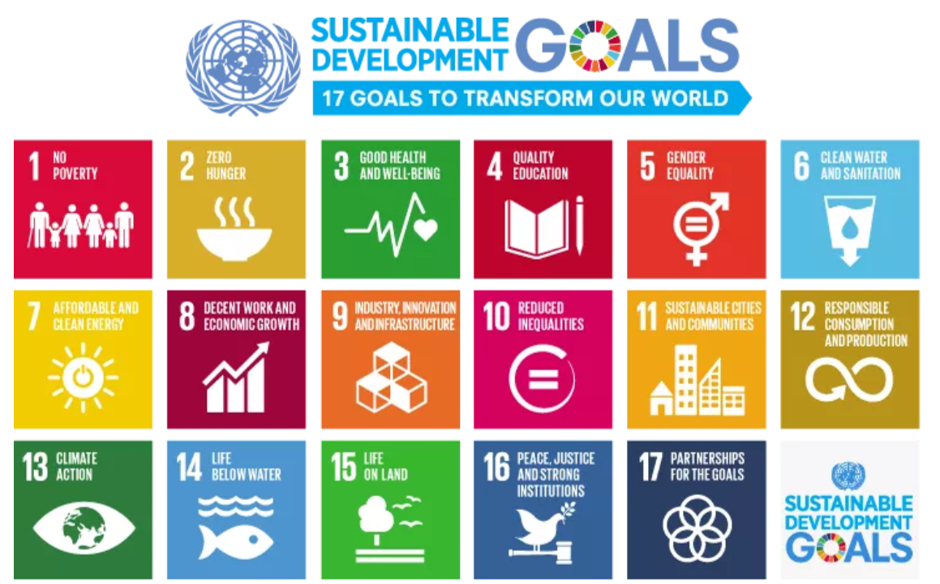
The UN itself is attempting to drive this kind collaboration across sectors and industries and show the way forward. It recently announced its intentions to hold a Food Systems Summit in 2021, placing food systems firmly at the center of focusing of the wider Sustainable Development Goals 2030 agenda, including tackling the challenges of climate change.
The Summit is aimed at generating momentum, expanding knowledge, and sharing both global experiences and approaches on the benefits of food systems for all people. The UN hopes it will provide a catalytic moment for global public mobilization and actionable commitments to invest in diverse ways “to make food systems inclusive, climate adapted and resilient, and support sustainable peace.”[28]
Private sector players are also doing their bit to bring stakeholders together and – crucially – raise awareness of the food challenges we face.
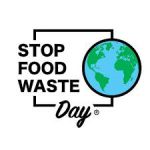 Multinational food services company, Compass Group, for example, launched a global awareness campaign, Stop Food Waste Day, in April 2017. Through campaigns on social media, posters and exhibition stands, and by partnering with celebrity chefs, industry partners and influencers across the globe, the 2018 event reached 12 million people worldwide[29].
Multinational food services company, Compass Group, for example, launched a global awareness campaign, Stop Food Waste Day, in April 2017. Through campaigns on social media, posters and exhibition stands, and by partnering with celebrity chefs, industry partners and influencers across the globe, the 2018 event reached 12 million people worldwide[29].
Finally, while ‘food loss’ and ‘food waste’ have their own distinctive definitions, the two are inextricably linked – from produce that has not been stored properly and inadequate transportation, through to its rejection by a retailer, restaurant or consumer – and its ultimate destination producing methane in a landfill site.
Put in such simple terms, the problem is clear to see – yet it still presents one of the world’s greatest challenges.
To solve it will take a strategic and unified effort across every corner of the food supply chain. It is an effort we can – and must – make to secure a sustainable, viable future for our communities.
[1] The State of Food and Agriculture – Moving Forward on Food Loss and Waste Reduction, Food and Agriculture Organization, 2019
[2] http://www.fao.org/save-food/resources/en/
[3] https://www.compass-group.com/en/media/news/2018/stop-food-waste-day.html
[4] https://www.un.org/development/desa/en/news/population/world-population-prospects-2017.html
[5] https://www.bcg.com/en-gb/publications/2018/tackling-1.6-billion-ton-food-loss-and-waste-crisis.aspx
[6] https://wriorg.s3.amazonaws.com/s3fs-public/reducing-food-loss-waste-global-action-agenda_1.pdf
[7] http://foodsustainability.eiu.com/wp-content/uploads/sites/34/2018/12/FixingFood2018-2.pdf
[8] https://www.weforum.org/agenda/2015/08/which-countries-waste-the-most-food/
[9] The State of Food and Agriculture – Moving Forward on Food Loss and Waste Reduction, UN Food and Agriculture Organization, 2019
[10] The State of Food and Agriculture – Moving Forward on Food Loss and Waste Reduction, Food and Agriculture Organization, 2019
[11] https://www.unenvironment.org/regions/north-america/regional-initiatives/minimizing-food-waste
[12] The State of Food and Agriculture – Moving Forward on Food Loss and Waste Reduction, Food and Agriculture Organization, 2019
[13] http://www.fao.org/news/story/en/item/1180463/icode/
[14] https://sustainabledevelopment.un.org/sdg12
[15] http://foodsustainability.eiu.com/wp-content/uploads/sites/34/2018/12/FixingFood2018-2.pdf
[16] http://www.sdg2advocacyhub.org/chefmanifesto
[17] https://rubiesintherubble.com/
[18] https://www.unilever.co.uk/planet-and-society/our-strategy/embedding-sustainability/
[19] https://newsroom.inter.ikea.com/news/ikea-aims-to-cut-food-waste-by-50–with-new-food-is-precious-initiative/s/efde35e5-2909-4d45-be75-ff5f7941d092
[20] https://www.unilever.com/sustainable-living/reducing-environmental-impact/waste-and-packaging/rethinking-plastic-packaging/
[21] https://www.nestle.com/ask-nestle/environment/answers/tackling-packaging-waste-plastic-bottles
[22] https://www.worldbank.org/en/programs/africa-myths-and-facts/publication/is-post-harvest-loss-significant-in-sub-saharan-africa
[23] https://jwafs.mit.edu/about/impact
[25] https://www.refed.com/solutions/centralized-anaerobic-digestion/
[26] https://www.oaklandinstitute.org/sites/oaklandinstitute.org/files/Push_Pull_Kenya.pdf
[27] https://www.weforum.org/agenda/2019/11/food-systems-agriculture-sustainable-sdgs/
[28] https://www.un.org/sg/en/content/sg/personnel-appointments/2019-12-16/ms-agnes-kalibata-of-rwanda-special-envoy-for-2021-food-systems-summit
[29] https://www.compass-group.com/en/media/news/2018/stop-food-waste-day.html





 1x
1x


 Added to press kit
Added to press kit


